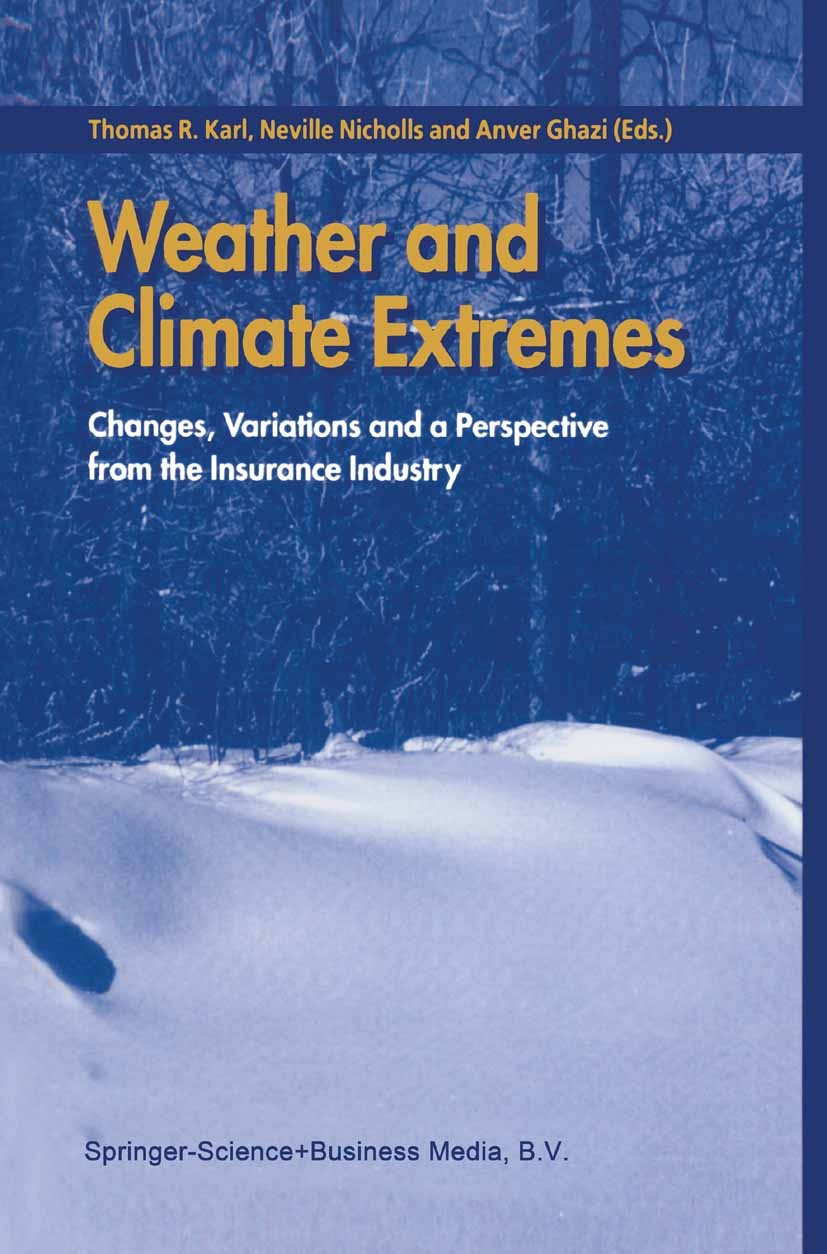The opposite trends in precipitation total and extremes during two rain-seasons across Ethiopia, the Water Tower of Africa
IF 6.9
1区 地球科学
Q1 METEOROLOGY & ATMOSPHERIC SCIENCES
引用次数: 0
Abstract
This study assesses trends in precipitation total and extremes across Ethiopia from 1980 to 2019, using datasets of daily gauge observations. Following quality control and homogenization, daily precipitation data from 110 stations are gridded onto a 1° × 1° latitude-longitude grid cells. Precipitation anomaly percentage (PAP) and the Expert Team on Climate Change Detection and Indices (ETCCDI) indices are applied to represent precipitation total and extremes, respectively. Regional time series are constructed using area-weighted averages derived from the grid-level data. The Theil-Sen estimator and the modified Mann-Kendall test are employed to evaluate the statistical significance of trends at the 5 % level. The results indicate an annual and Jun–Sep seasonal increase in both precipitation total and extremes, characterized by rising frequency and intensity of extreme events. The Theil-Sen slope estimates a regional annual PAP increase of 0.92 % per decade, with a more pronounced rise of 4.6 % per decade for the Jun–Sep season (main precipitation season). Significant upward regional trends are observed in extreme indices such as RX1day, R95p, R99p, R10, R25, and R40 during the forty years. Spatial analysis highlights central, northwestern, and northeastern Ethiopia as areas experiencing robust increases in precipitation total and extremes. The observed rise in precipitation total is predominantly driven by increases in precipitation extremes within the region, as demonstrated by spatial correlations between precipitation total and extremes. Conversely, the Feb–May season (secondary precipitation season) exhibits significant regional decreases in precipitation total and extremes, particularly in northeastern, eastern, and southern areas. This includes declines in frequency-related indices (R5, R10, R25) and prolonged dry spells as measured by CDD. The causes for the increase in frequency and intensity of annual and Jun–Sep seasonal precipitation in Ethiopia over recent decades need to be investigated, though it is in accordance with the expectation that anthropogenic global warming can result in a rise in precipitation extremes over most regions of the world. However, the significant changes in precipitation observed in both Jun–Sep and Feb–May seasons are a cause for concern, as they may exert a major impact on sectors and areas of the country where these two seasons hold critical importance.
在被称为“非洲水塔”的埃塞俄比亚,两个雨季的总降水量和极端降水量呈现相反的趋势
本研究利用每日测量观测数据集,评估了1980年至2019年埃塞俄比亚的降水总量和极端降水趋势。在质量控制和均质化之后,110个站点的日降水数据被网格化到1°× 1°经纬度网格单元上。降水异常百分比(PAP)指数和气候变化探测与指数专家组(ETCCDI)指数分别代表总降水量和极值降水量。区域时间序列是使用从网格级数据导出的面积加权平均值构建的。采用Theil-Sen估计量和修正Mann-Kendall检验来评估5%水平下趋势的统计显著性。结果表明:全年和6 - 9月降水总量和极端事件均呈增加趋势,极端事件发生频率和强度均呈上升趋势;Theil-Sen斜率估计区域年PAP每10年增加0.92%,其中6 - 9月(主要降水季节)的年PAP增加更为明显,每10年增加4.6%。40 a来,RX1day、R95p、R99p、R10、R25、R40等极端指数呈显著的区域上升趋势。空间分析强调,埃塞俄比亚中部、西北部和东北部地区的降水总量和极端降水都在强劲增加。观测到的降水总量的增加主要是由区域内极端降水的增加所驱动的,正如降水总量与极端降水之间的空间相关性所证明的那样。相反,2 - 5月(二次降水季)降水总量和极值均呈现明显的区域减少,特别是在东北部、东部和南部地区。这包括频率相关指数(R5、R10、R25)的下降,以及CDD测量的干旱期延长。近几十年来,埃塞俄比亚年度和6 - 9月季节性降水频率和强度增加的原因需要调查,尽管这与人为全球变暖可能导致世界大多数地区极端降水增加的预期是一致的。然而,6月至9月和2月至5月两个季节观测到的降水显著变化令人担忧,因为它们可能对该国这两个季节至关重要的部门和地区产生重大影响。
本文章由计算机程序翻译,如有差异,请以英文原文为准。
求助全文
约1分钟内获得全文
求助全文
来源期刊

Weather and Climate Extremes
Earth and Planetary Sciences-Atmospheric Science
CiteScore
11.00
自引率
7.50%
发文量
102
审稿时长
33 weeks
期刊介绍:
Weather and Climate Extremes
Target Audience:
Academics
Decision makers
International development agencies
Non-governmental organizations (NGOs)
Civil society
Focus Areas:
Research in weather and climate extremes
Monitoring and early warning systems
Assessment of vulnerability and impacts
Developing and implementing intervention policies
Effective risk management and adaptation practices
Engagement of local communities in adopting coping strategies
Information and communication strategies tailored to local and regional needs and circumstances
 求助内容:
求助内容: 应助结果提醒方式:
应助结果提醒方式:


